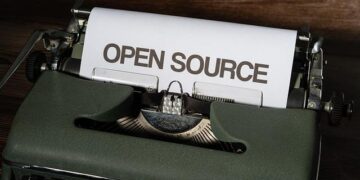Understanding Economic Slowdown: The Role of Tariff Uncertainties in Business Strategy
In an economic environment characterized by shifting market dynamics and trade disputes, the Federal Reserve has provided a candid evaluation of the prevailing economic conditions, indicating a deceleration amid rising uncertainties. A recent analysis from Fed officials highlighted that businesses are struggling to adapt to the complexities introduced by changing tariff regulations, leaving many unsure about how to maneuver through this evolving trade landscape. This commentary emphasizes the delicate equilibrium between economic expansion and regulatory hurdles, showcasing how tariffs significantly influence corporate strategies and, consequently, the overall economy. As companies seek clarity amidst this confusion, insights from the Fed may suggest challenging times ahead for both enterprises and consumers.
Impact of Tariff Uncertainties on Corporate Operations
As organizations navigate through these turbulent economic waters, tariff-related challenges have become pivotal in shaping their strategic decisions. The unpredictability surrounding international trade policies has led many firms to confront several key issues:
- Cost Management Challenges: Businesses are compelled to reevaluate their supply chains, often resulting in heightened operational costs.
- Diminished Investment Confidence: Ambiguities regarding tariffs hinder long-term investment initiatives, forcing companies into a cautious wait-and-see stance.
- Competitive Disadvantages: Internationally operating firms face competitive setbacks due to their inability to forecast tariff impacts on pricing models.
The consequences of this tariff uncertainty extend beyond large corporations; they also significantly affect small and medium-sized enterprises (SMEs). These smaller entities frequently lack sufficient resources to absorb sudden cost increases. Consequently, many have opted for immediate price hikes or workforce reductions as measures to sustain profitability. Recent data reveals that SMEs are implementing various strategies in response:
| Tactic Employed | % of SMEs Implementing Tactic | |
|---|---|---|
| Price Increases | 45% | |
| Cuts in Workforce | 30% | |
| Savings Enhancements | 25% This shift not only threatens their financial stability but also contributes significantly to a broadereconomic slowdown, as consumer spending power diminishes. The interconnectedness of businesses operating within a tariff-heavy framework highlights an urgent need for clearer and more consistent trade policies that can restore confidence and foster an environment conducive for growth. Strategies for Managing Tariff Regulations During Economic SlowdownThe changing landscape of tariff regulations presents substantial challenges for businesses trying to thrive in an economy experiencing slower growth rates. Companies find themselves navigating through a complex web of fluctuating rules and inconsistent enforcement from governmental bodies. To effectively manage these complexities, organizations should consider implementing several strategic approaches:
|































